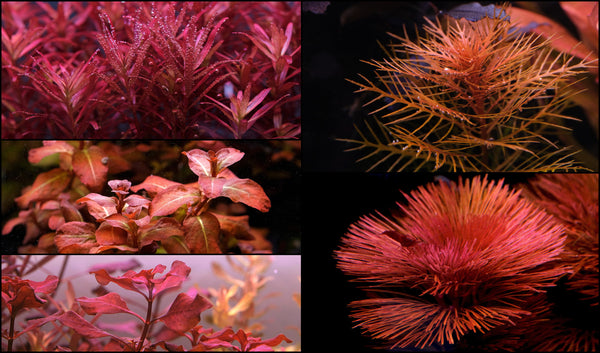Currently have a high tech 100L aquarium(Tetraline starter kit). Gravel substrate, EI dosing(TNC Complete), CO2(Bright green).
Since the aquarium is weird length, i bough 3 of the All pond solution light(26Watts Each, i cannot find out how many lumens each are, maybe about 1800 lms?? let me know if anyone knows)
Im currently using 2 of them as using 3 gave me some algae, but im not getting the bright red colour from some of the stem plants (Hra and orangejuice) and also the carpet of dwarf grass does slow down alot.
So my main question is, how much light is HIGH TECH LIGHT such as the chihirios WRGB 2 or the main streams ones that achieve these colours and if I would be fine with using all 3?


Since the aquarium is weird length, i bough 3 of the All pond solution light(26Watts Each, i cannot find out how many lumens each are, maybe about 1800 lms?? let me know if anyone knows)
Im currently using 2 of them as using 3 gave me some algae, but im not getting the bright red colour from some of the stem plants (Hra and orangejuice) and also the carpet of dwarf grass does slow down alot.
So my main question is, how much light is HIGH TECH LIGHT such as the chihirios WRGB 2 or the main streams ones that achieve these colours and if I would be fine with using all 3?



